Retailing Management 10th Edition By Michael Levy -Test Bank
Retailing Management, 10e (Levy)
Chapter 3 Multichannel and Omnichannel Retailing
1) Omnichannel retailing is a coordinated multichannel retail offering that provides a seamless and synchronized customer experience, using all of the retailer’s shopping channels.
Answer: TRUE
Explanation: Omnichannel retailing refers to a coordinated multichannel retail offering that provides a seamless and synchronized customer experience, using all of the retailer’s shopping channels. These various channels run in collaboration and effectively
Difficulty: 2 Medium
Topic: Single-Channel vs. Multi-Channel Retailers
Learning Objective: 03-01 Understand the channels used by retailers.
Bloom’s: Remember
AACSB: Communication
Accessibility: Keyboard Navigation
2) Direct selling is a retail channel where salespeople interact with customers face-to-face.
Answer: TRUE
Explanation: Direct selling is a retail channel in which salespeople interact with customers face-to-face in a convenient location, either at a customer’s home or at work. Direct salespeople demonstrate merchandise benefits and/or explain a service, take an order, and deliver the merchandise.
Difficulty: 2 Medium
Topic: Relative Benefits of Retail Channels
Learning Objective: 03-02 Compare the relative strengths of the major retail channels: stores; Internet, mobile, and social; and catalog and other nonstore channels.
Bloom’s: Remember
AACSB: Communication
Accessibility: Keyboard Navigation
3) Automated retailing is a retail channel in which merchandise or services are stored in a machine and dispensed to customers.
Answer: TRUE
Explanation: Automated retailing is a retail channel in which merchandise or services are stored in a machine and dispensed to customers when they deposit cash or use a credit card. Automated retailing machines, also known as vending machines, are typically placed at convenient, high-traffic locations.
Difficulty: 1 Easy
Topic: Nonstore Retail Channels
Learning Objective: 03-02 Compare the relative strengths of the major retail channels: stores; Internet, mobile, and social; and catalog and other nonstore channels.
Bloom’s: Remember
AACSB: Analytic
Accessibility: Keyboard Navigation
4) M-commerce should be approached by retailers the same as e-commerce.
Answer: FALSE
Explanation: The mobile channel (also called mobile retailing, mobile commerce, or m-commerce), implies accessing the Internet using a tablet or smartphone. From a retailing perspective, smartphones differ from traditional computers in that they are more portable, have a smaller display, and are location-aware. As a result of these factors, they produce a different interface experience with the user
Difficulty: 3 Hard
Topic: Nonstore Retail Channels
Learning Objective: 03-02 Compare the relative strengths of the major retail channels: stores; Internet, mobile, and social; and catalog and other nonstore channels.
Bloom’s: Understand
AACSB: Analytic
Accessibility: Keyboard Navigation
5) Stores offer immediate gratification to customers.
Answer: TRUE
Explanation: Customers can use merchandise immediately after they buy it in stores. Thus, when customers have a fever or need a last-minute gift, for example, they do not have to wait a day or two for the delivery of a prescription from Drugstore.com or a gift from Amazon.com.
Difficulty: 2 Medium
Topic: Relative Benefits of Retail Channels
Learning Objective: 03-02 Compare the relative strengths of the major retail channels: stores; Internet, mobile, and social; and catalog and other nonstore channels.
Bloom’s: Remember
AACSB: Analytic
Accessibility: Keyboard Navigation







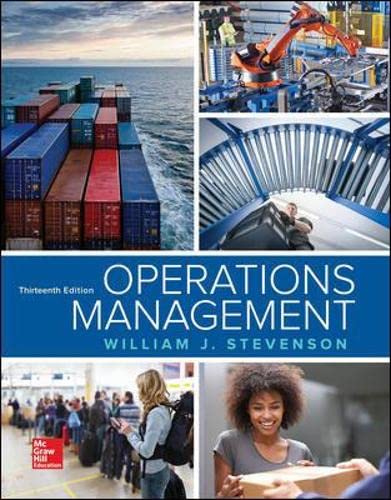

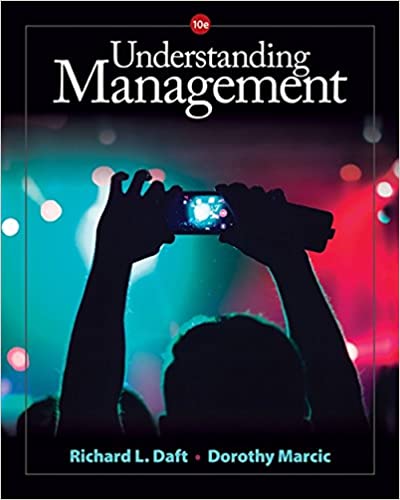
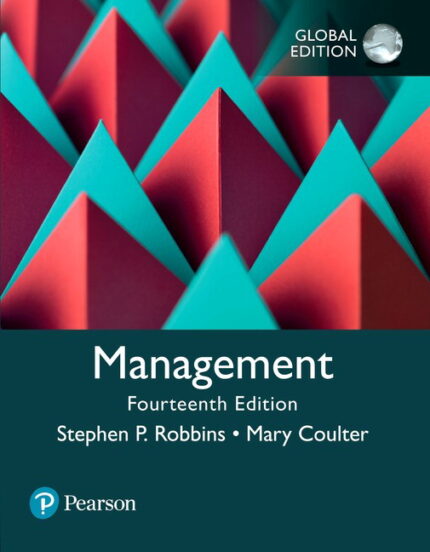
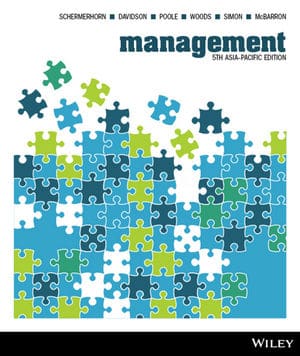
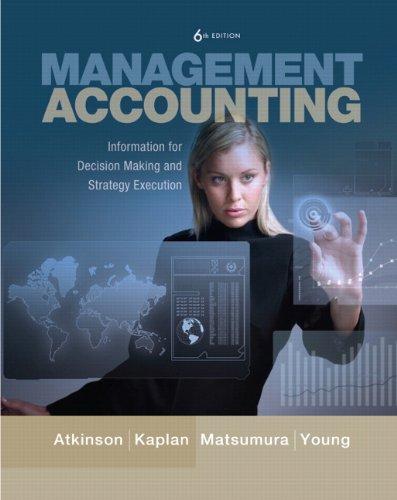

Reviews
There are no reviews yet.